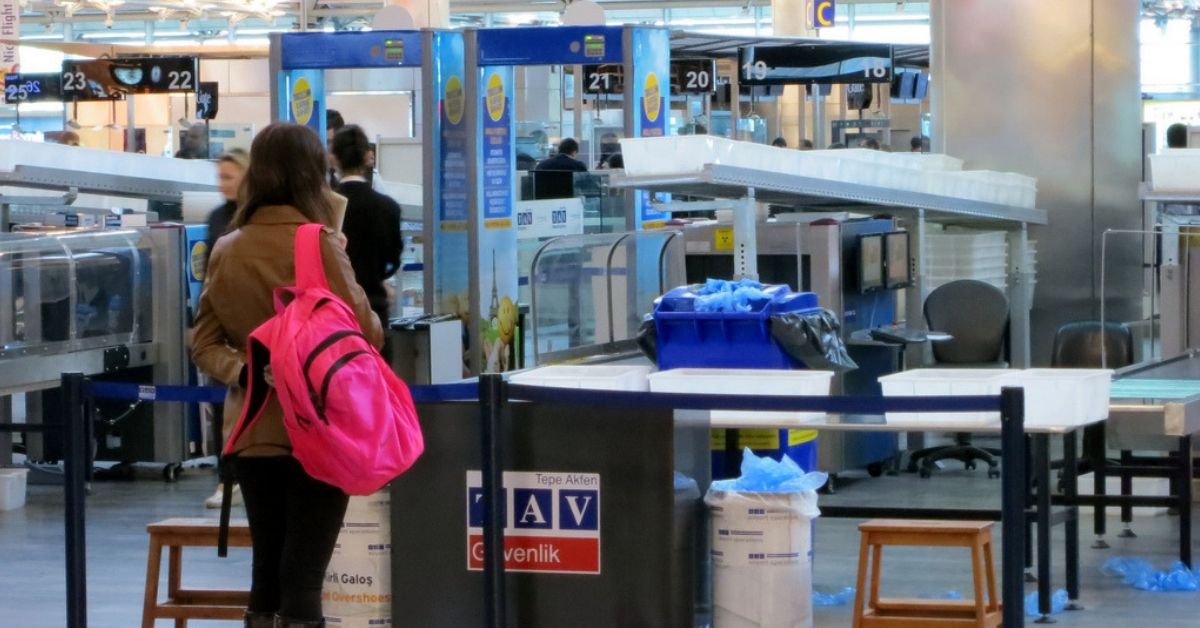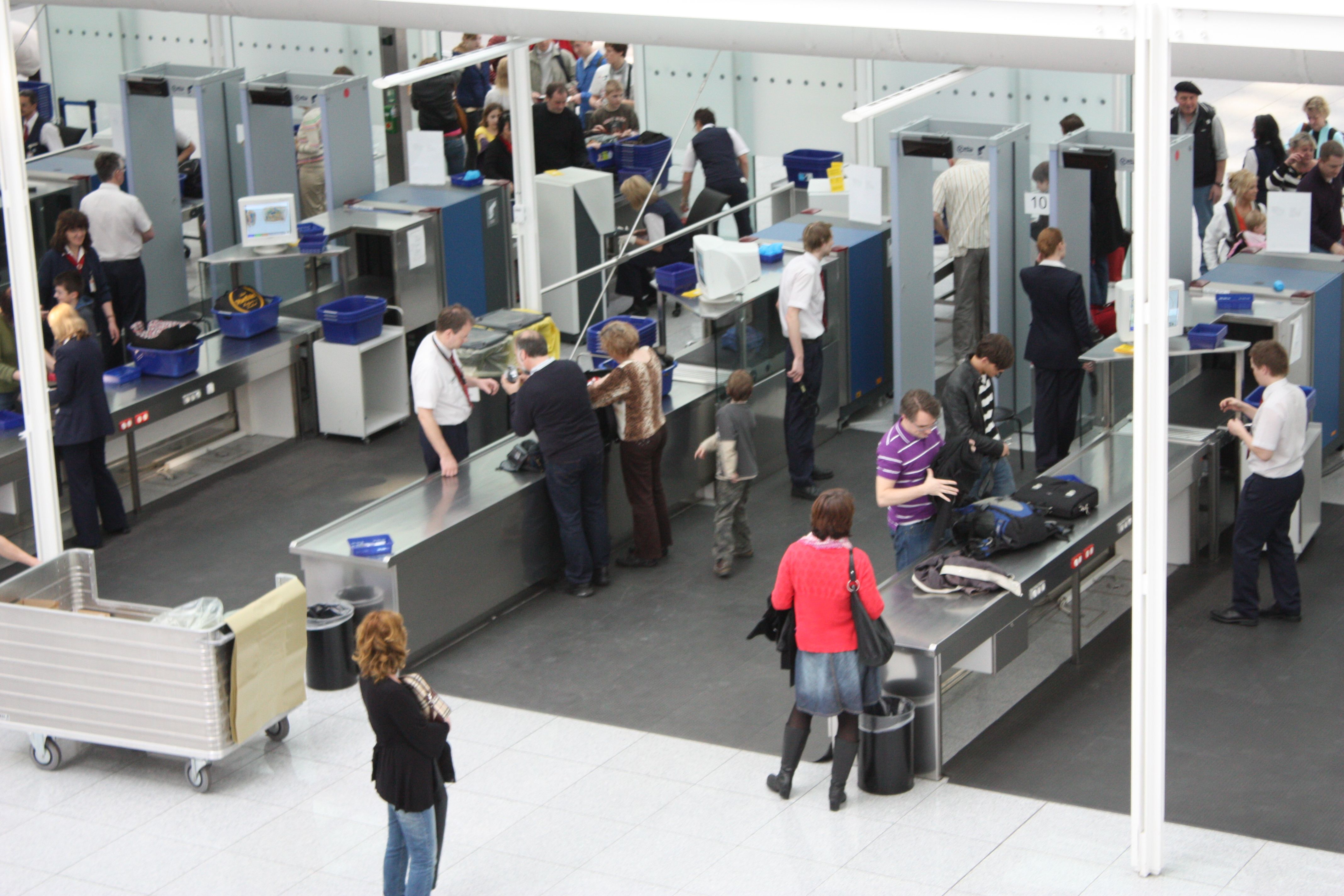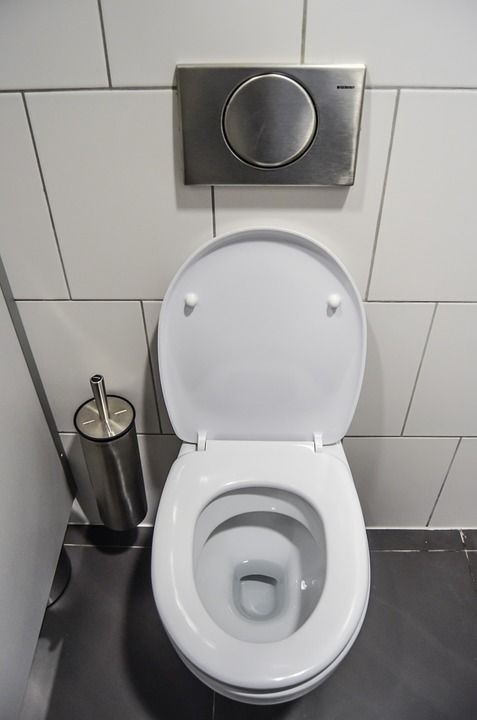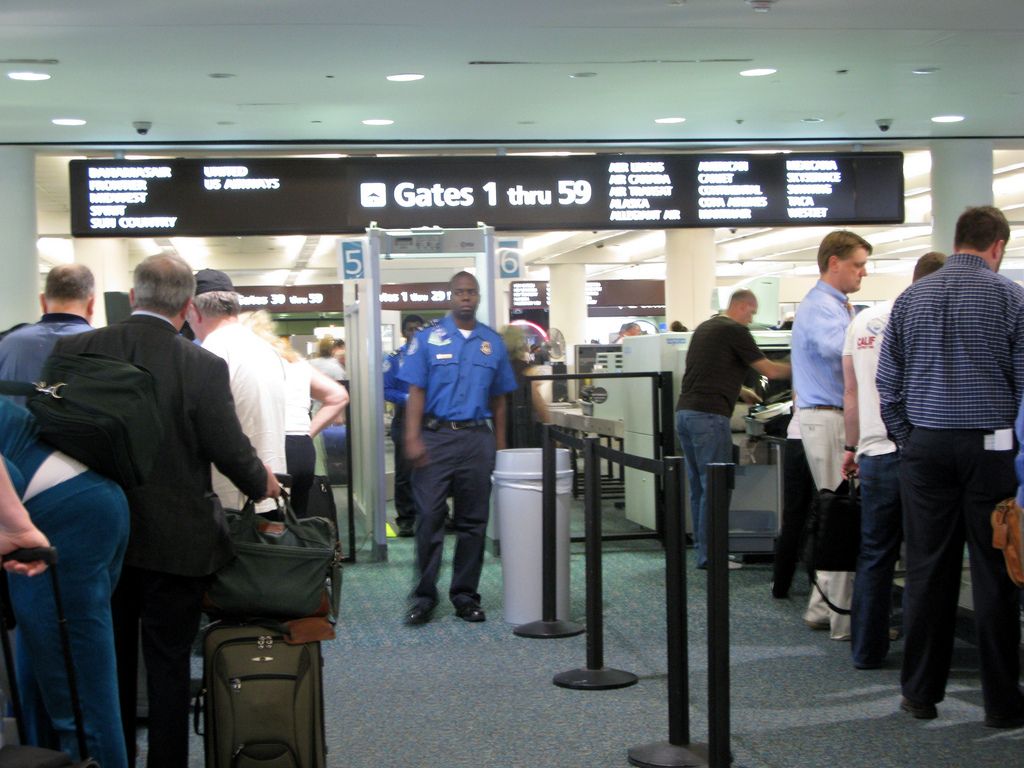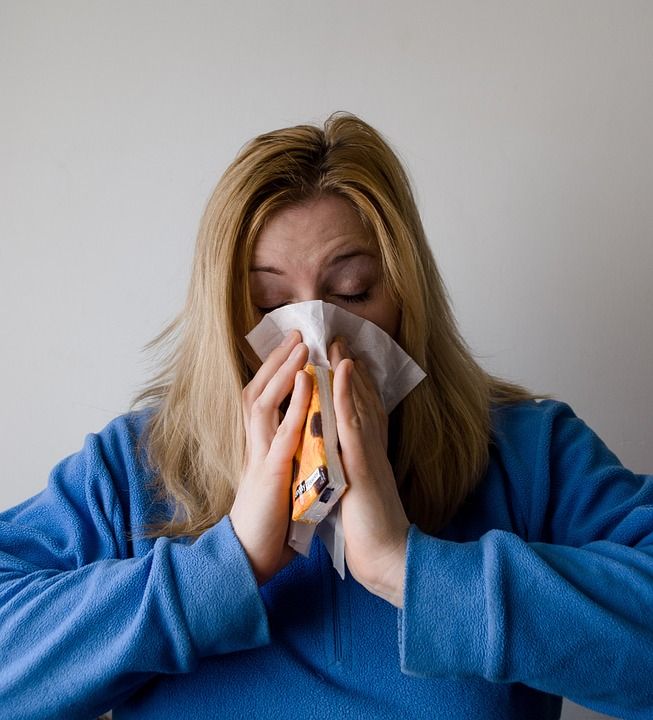For plenty of people, flying in an airplane is one of the most exciting way to travel.
But while it's thrilling to be thousands of miles up in the sky, you have to make your way through the airport first.
While it can be a strenuous process to go through security and then wait the recommended two hours before you board your flight.
However, like all massive facilities that see thousands of people walk within its walls, airports can be cited as a germaphobe's nightmare.
Many of us may suspect the bathroom's to be one of the dirtiest area in the airport, but it turns out there's one surface that tops the grimiest toilet seats.
Scientists with the University of Nottingham and Finland's National Institute for Health and Welfare found that the plastic bins we place our belongings in to be scanned by security are the germiest surfaces.
The study, which was published in the journal BMC Infectious Diseases, took place at Helsinki Airport in winter 2016, where researchers took swabs of 90 different surfaces to determine what viruses lingered onto.
The results showed that different respiratory viruses were found in 10% of the samples, which included stair and escalator handrails, check-in kiosk touchscreens, toys in a children's play area, toilets, and of course, security trays.
Although the viruses were found in half of the samples taken from security trays, strangely enough, toilet bowls, flush buttons, or the locks inside stall doors weren't infected.
"Our main findings identify that respiratory virus contamination of frequently touched surfaces is not uncommon at airports; and that plastic security screening trays appear commonly contaminated," the study read.
"The latter is consistent with security procedures being an obligatory step for all departing passengers, and that each security tray is rapidly recycled and potentially touched by several hundred passengers per day."
Researchers believe these bins are popular breeding grounds for viruses because they're hard and don't allow liquid or air to pass through it.
The study found that rhinovirus, a common cause of colds was the most common virus lurking on the surfaces, followed by coronavirus, adenovirus, and influenza A.
It was also discovered that the bacteria could live on similar hard surfaces up to two days.
However, even though because plastic trays hold a high concentration of germs, the study's authors are hoping to bring awareness towards keep up good hygiene habits while in an airport.
"[T]he risk of this procedure could be reduced by offering hand sanitization with alcohol handrub before and after security screening, and increasing the frequency of tray disinfection," the researchers concluded.
They recommend washing your hands before and after handling commonly touched items and using a handkerchief or tissue when coughing or sneezing.
"These simple precautions can help prevent pandemics and are most important in crowded areas like airports that have a high volume of people traveling to and from many different parts of the world," Jonathan Van Tam, a professor of health protection at the University of Nottingham's School of Medicine, added in a statement.
[H/T: Health]
How often do you travel by airplane? Let us know in the comments!
